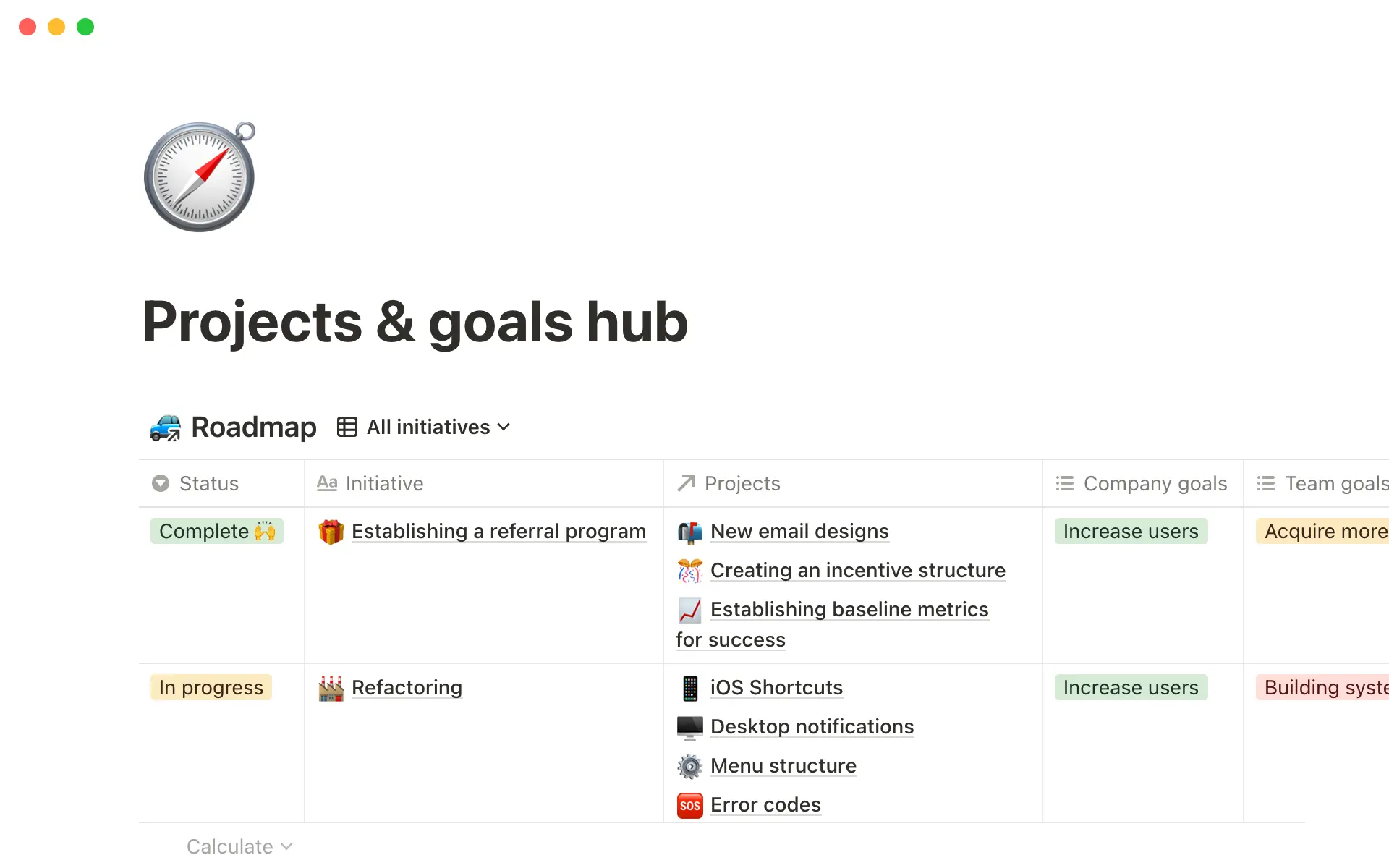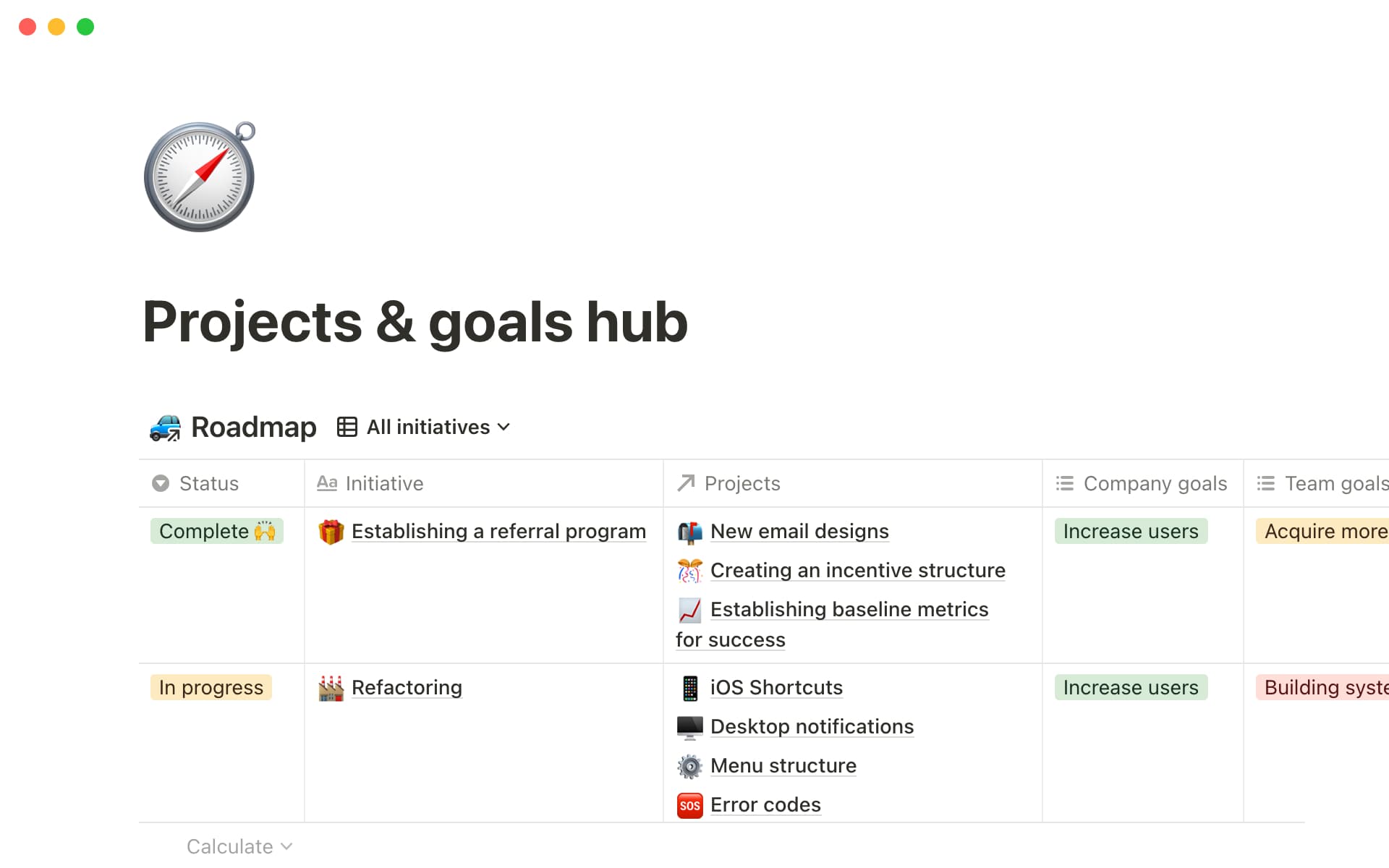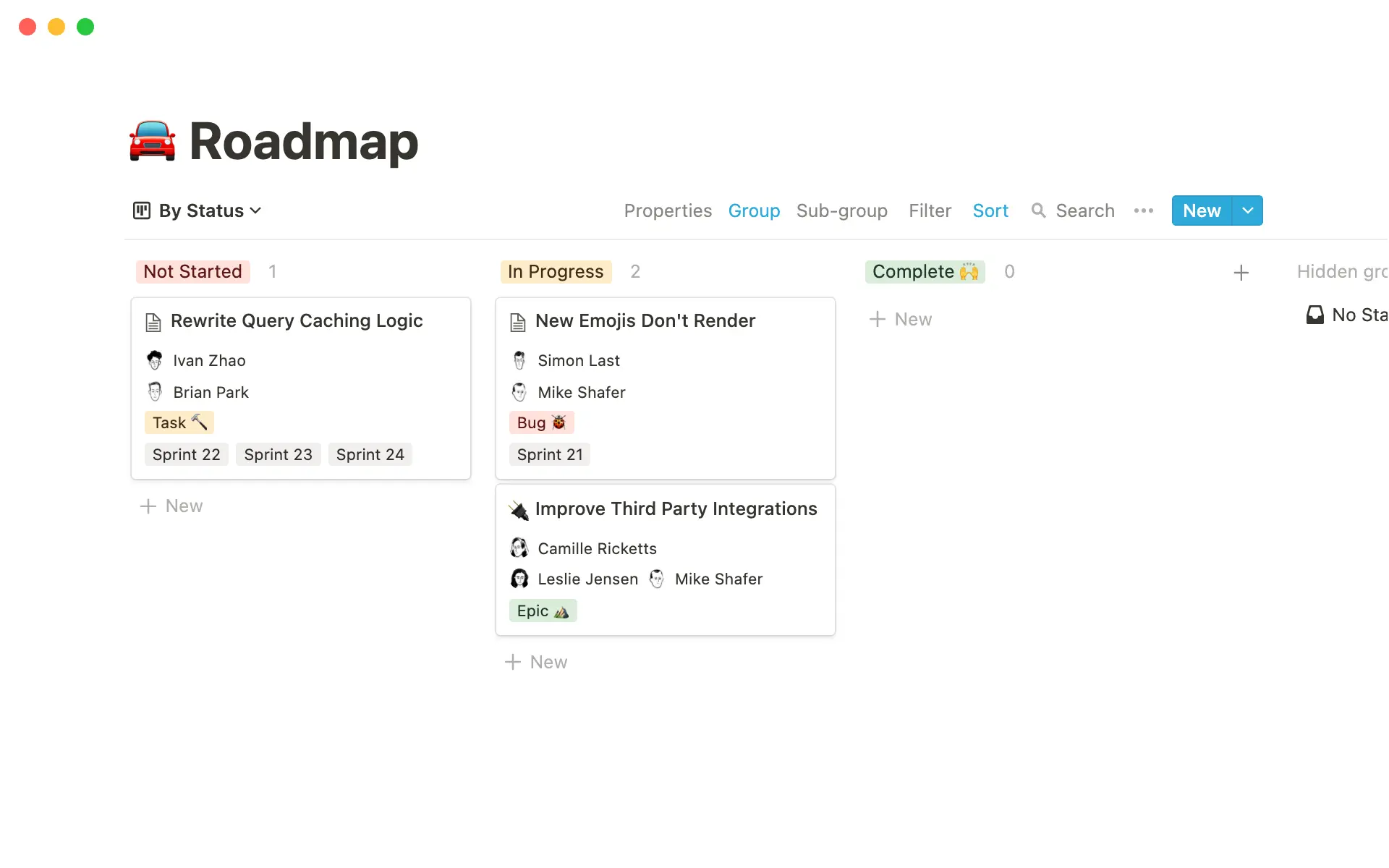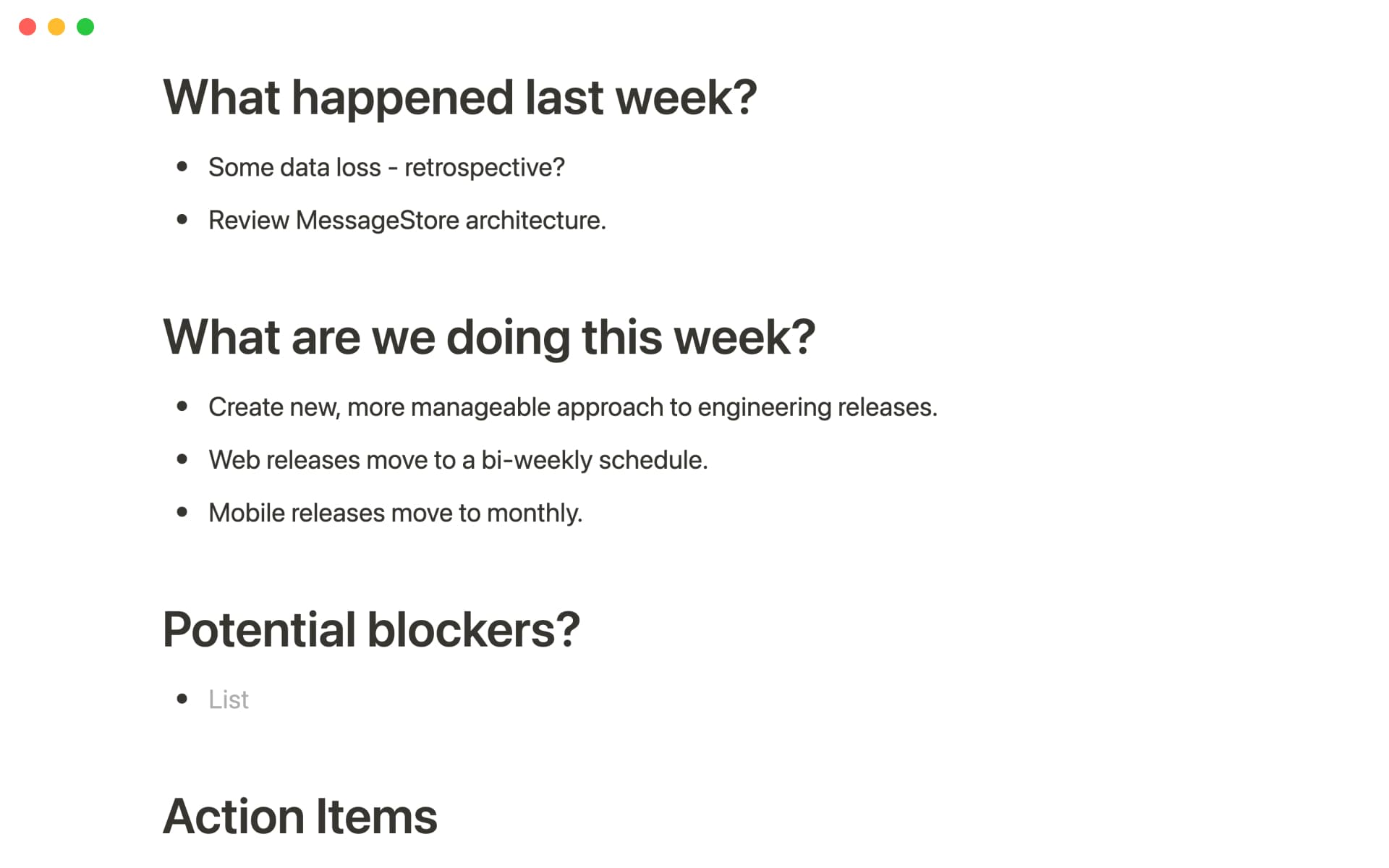A coach draws a play from the playbook on a whiteboard at halftime. A role-playing gamer devises a scheme for world domination while plotting from a map. A cook concocts a delicious dish by following a recipe.
What do these scenarios have in common? They’re all ways people use an action strategy to achieve their goals.
As a project manager in charge of a team on a deadline, you can also use an action plan to realize your organization’s objectives. Let’s explore how to create and implement a stellar roadmap that guides your staff to success.
What’s an action plan?
An action plan is exactly what it sounds like: a document that covers all of the actionable steps your team must complete in order to fulfill the project’s goal, objectives, and ideal outcomes. It highlights the work, resources, and people you require for each of the tasks involved and proposes a realistic timeframe for the work.
Similar to a project implementation plan or a management plan, the purpose of an action plan is to provide a detailed outline of all the resources and actions your team needs to complete an assigned project, pared down into time-based, itemized steps. It’s the project manager’s playbook.
Who needs an action plan, and what are the benefits?
While action plans are certainly beneficial to project managers, they’re also an excellent organizational tool for a myriad of business department heads — and even individuals.
Using an action plan for goals within a project allows you to sift through a complicated task and distill it into a simple, step-by-step process. It’s a great way to create and check off a to-do list of deliverables within a project, and the document provides your team members with transparency regarding tasks and resources needed to complete a project on time. This vastly improves productivity, accountability, and overall focus.
Here are some more benefits of using an action plan:
Direction — all project steps are documented with details and a timeframe, offering clear directions for you and your team to follow with precision.
Progress tracking — you can check in with the plan to see how close you are to milestone and project completion.
Prioritization — examining the plan details empowers you to prioritize tasks based on time, effort, and overall project impact.
Accountability — delegated responsibilities and clearly marked task owners help you see who needs extra support when delays occur.
Motivation — having all the processes written down in front of you in an organized way can motivate you and your team because the end is always in sight.
The key components of an action plan
The last thing you want to do is overlook your project’s critical tasks and milestones. A strong action plan contains six main components, which are:
Steps — the main steps that will progress you toward the completion of your and your team’s goals.
Action items — the specific tasks involved in each step.
Timeline — a map of the time it should take to complete all the steps from inception to completion.
Resources — a list of all of the tools, tech, material, and labor required for each action item.
Matrix — this network helps you determine the order in which the tasks need to be completed.
Reporting tool — This tool tracks the progress of the project and records any relevant findings for improving the process in the future.
How to create an action plan
While no two action plans are alike, they generally have the same overall structure. Follow these five steps to create an impactful course for achieving your objectives:
1. Develop SMART goals
The key to setting great goals is clarity. Without a clear vision of what you’re trying to achieve, a project can stall — or never start. Set SMART goals and ensure each task is specific, measurable, attainable, realistic, and time-bound.
2. Identify tasks and formulate a list of actions
Next, create a list of tasks required to complete your goal. Start by parsing your main goal into smaller, more manageable tasks and then clearly state each step within the tasks. Be sure to prioritize tasks based on importance and involve your team in the brainstorming process for feedback and feasibility.
3. Create a timeline
Begin this step by assessing all project requirements and then considering the amount of time you need to complete each task. Do this by defining and prioritizing milestones and then assigning adherable deadlines. A timeline serves as a visual context for yourself, stakeholders, and team members, letting everyone know what they’re working towards and when.
4. Allocate all resources
Before you start any project, it’s important to have access to all the necessary tools, tech, and training that will be needed in order to complete the tasks. If they aren’t currently at your disposal, make a plan to obtain them.
Remember that no matter the size of your project, chances are you’ll be assigning specific tasks to different people or teams. A good action plan prioritizes goals and objectives for all required personnel to help eliminate potential bottlenecks and obstacles.
5. Monitor your progress
Being able to stay on top of the project and roll with the punches is what makes a great project manager. By tracking progress, keeping team members in the loop, and revising the plan as necessary, you can ensure stakeholders won’t be disappointed by unexpected project delays or shortcomings when they receive the final product.
Action plan best practices and tips
Your action plan is complete and ready to roll out. Here are some tips for making sure the execution of the plan goes smoothly:
Prioritize your action steps and the timelines associated with them, and mark them off when complete (this always boosts morale)
Decide on a centralized management software platform for everyone to use
Create a template that can be reused for later projects
Set up reminder and goal completion alerts
Communicate with the team often to discuss pending or overdue tasks and deliverables
Remember, an action plan is constantly evolving and often changes mid-stream. Revisit it regularly to maintain the most concise, up-to-date, and easy-to-follow blueprint for everyone involved.
Get started with Notion
A well-developed action plan is just what you need to keep your project on track, on budget, and on time. And Notion can help — we have a large collection of provides free goal templates to help you organize your team and ideas.
Notion cares about all of your personal and professional projects. Check out our other free templates, including these ones designed for project planning, project development, and overall roadmap planning.







